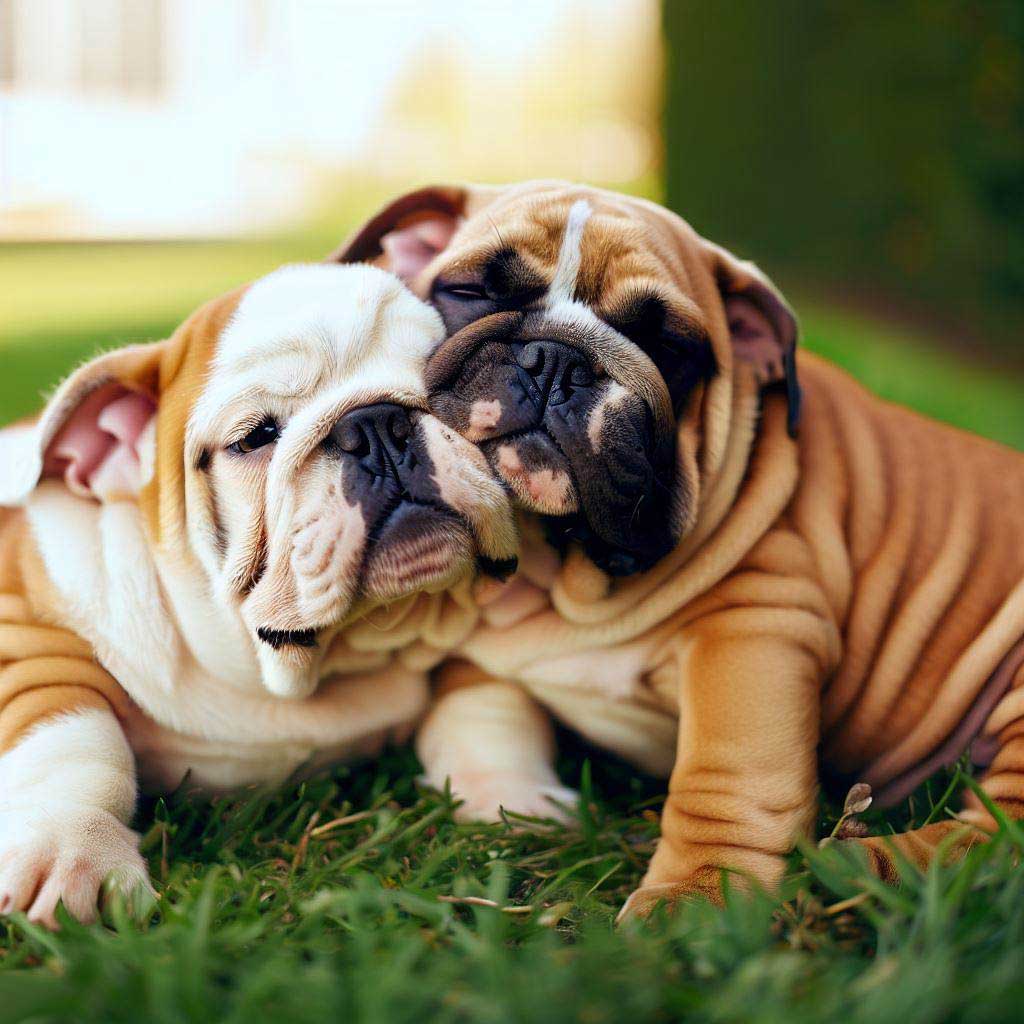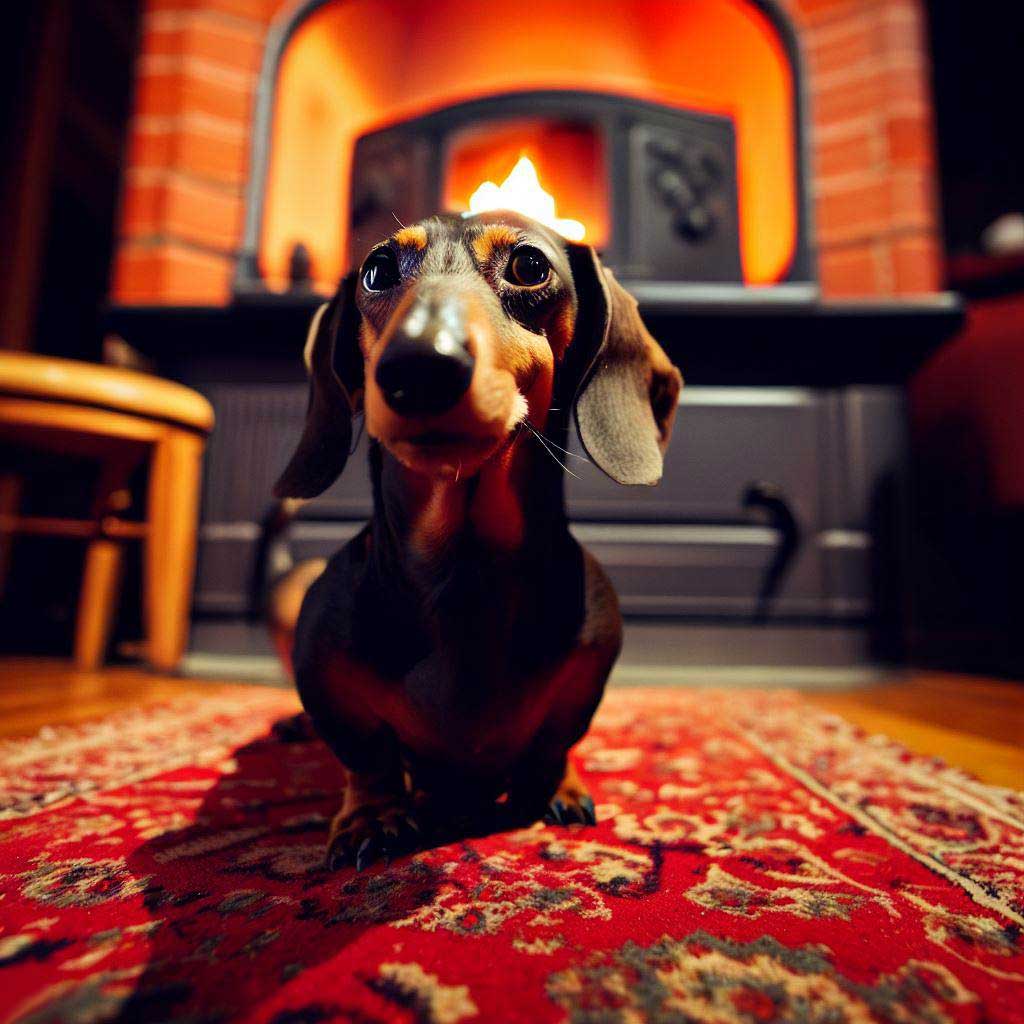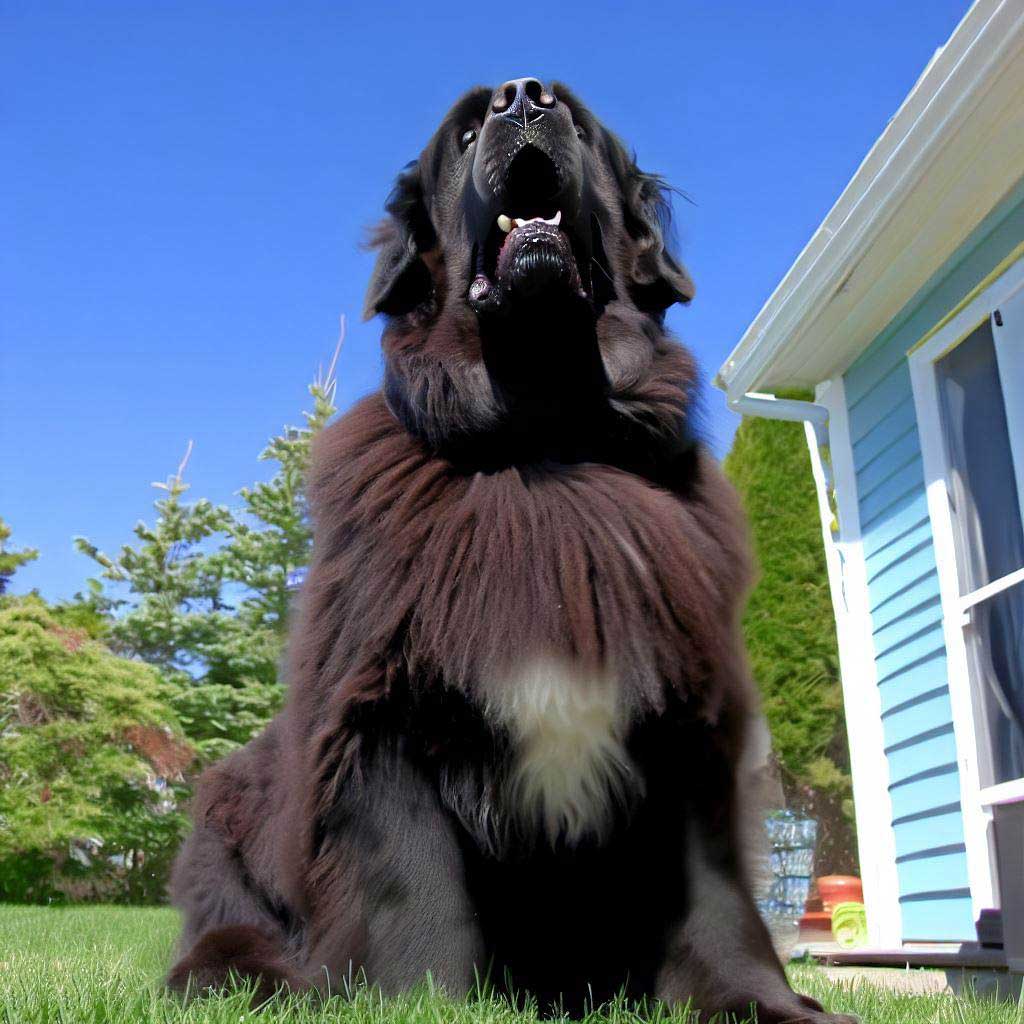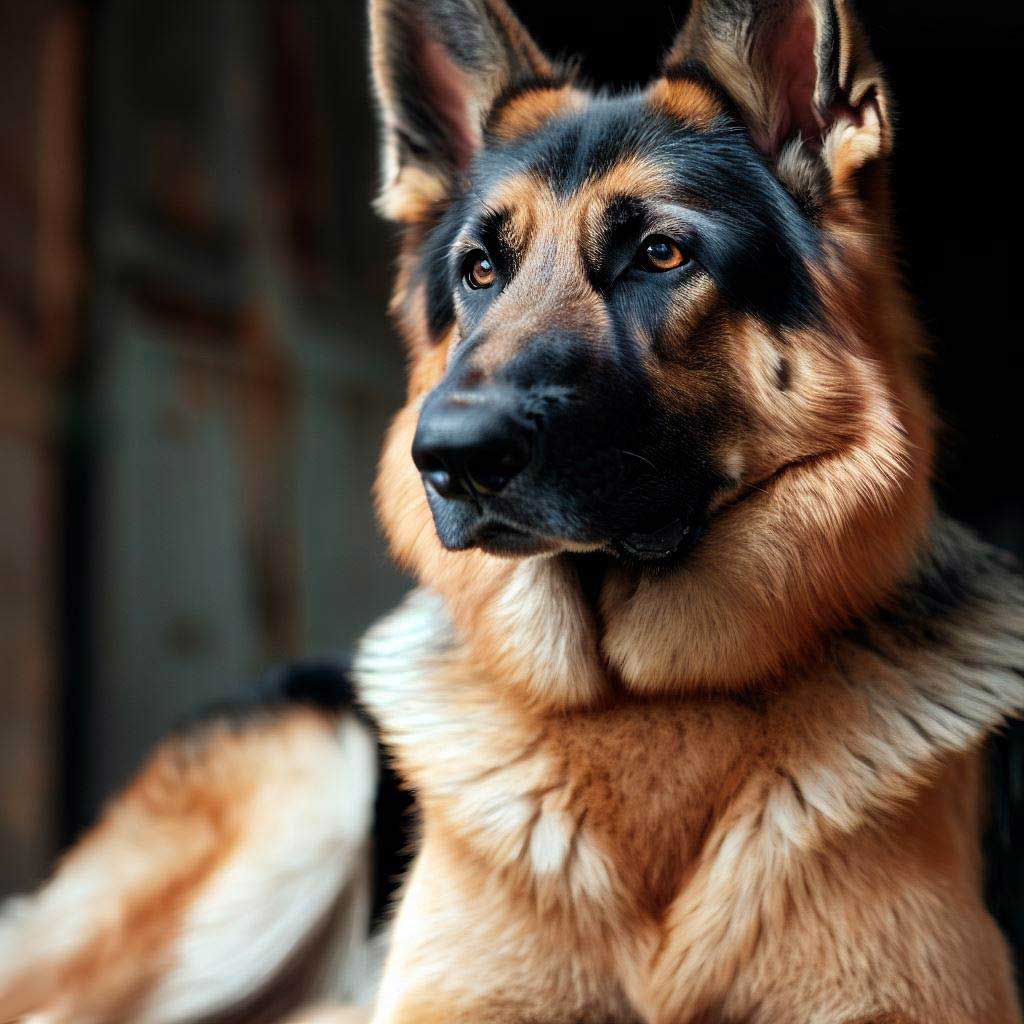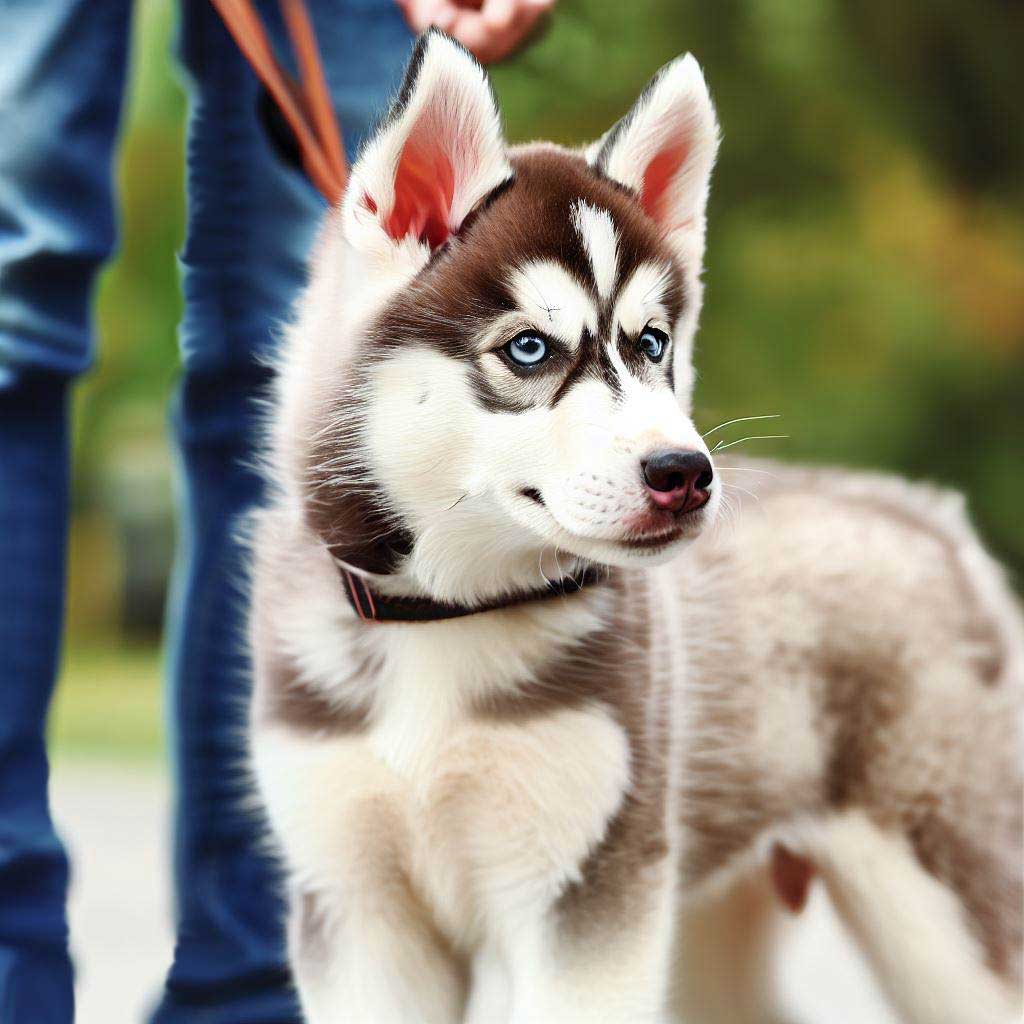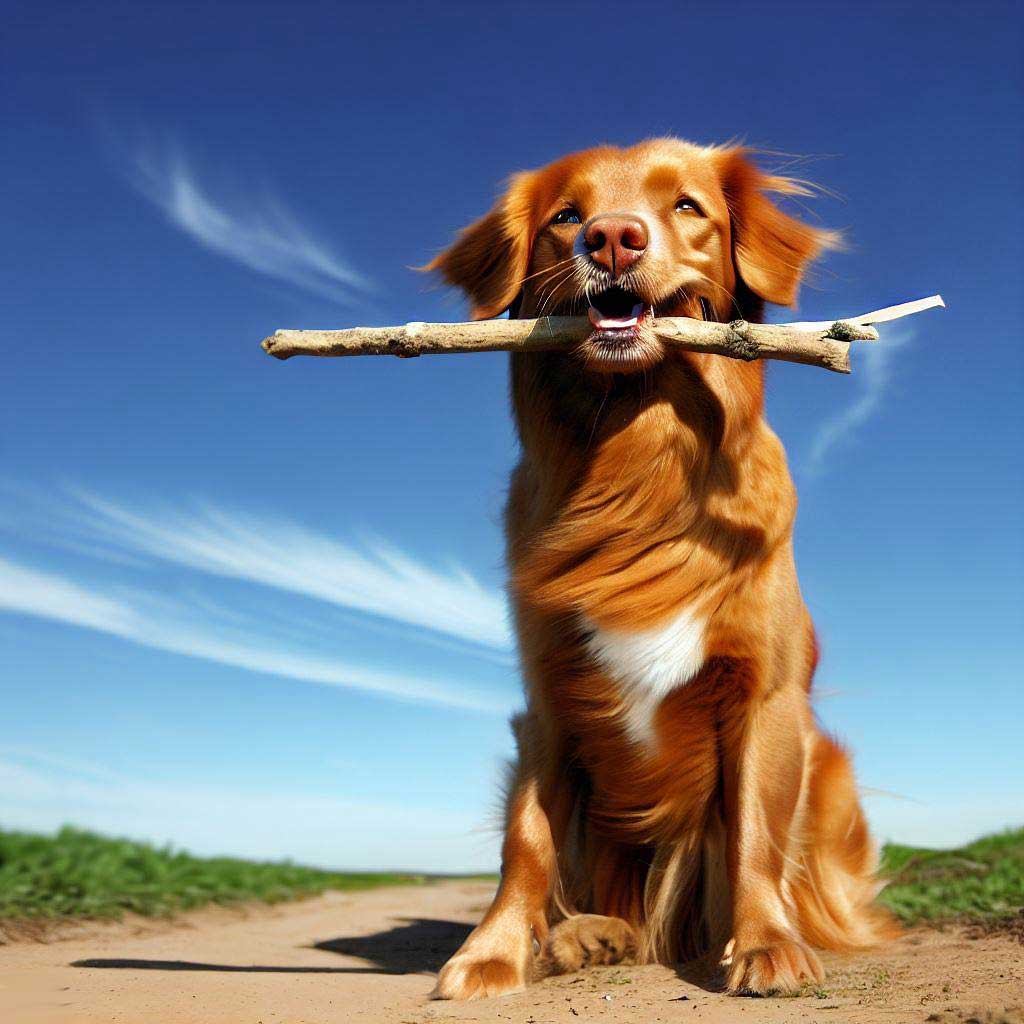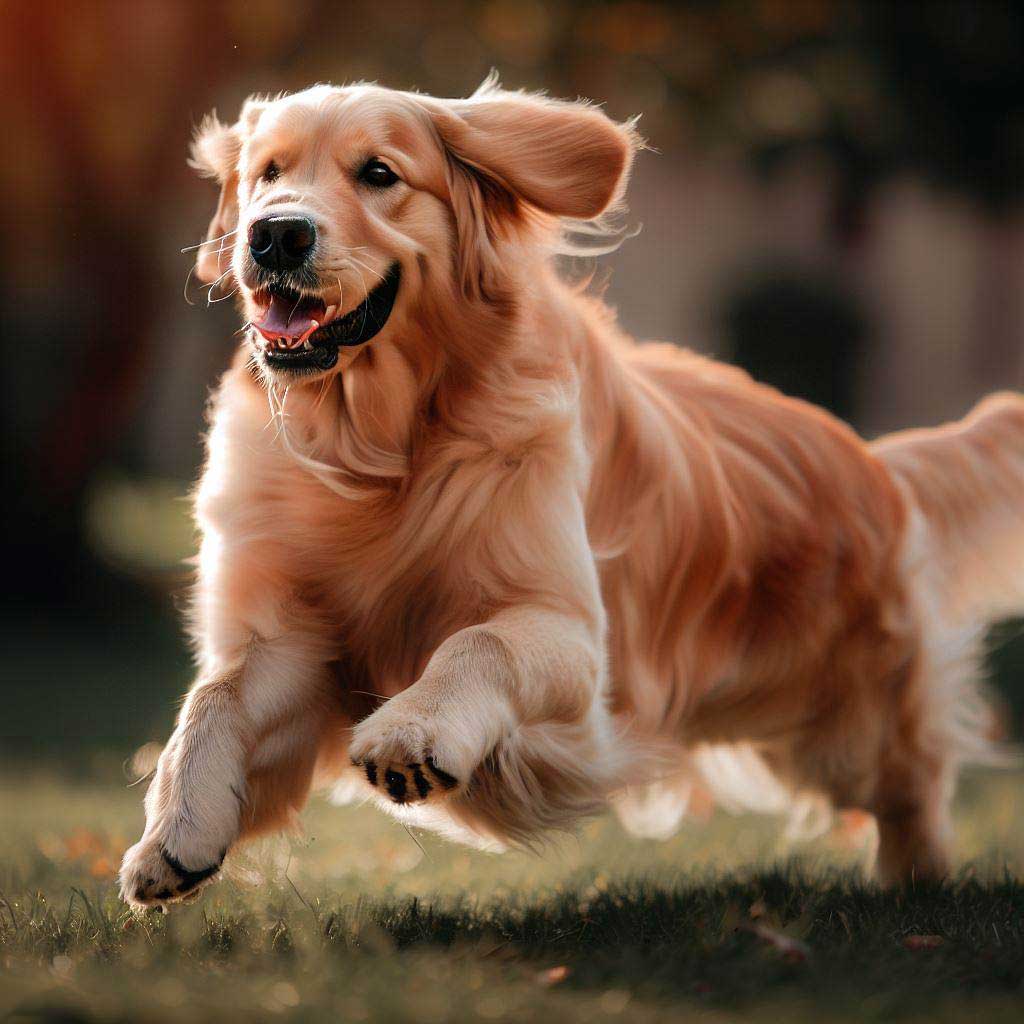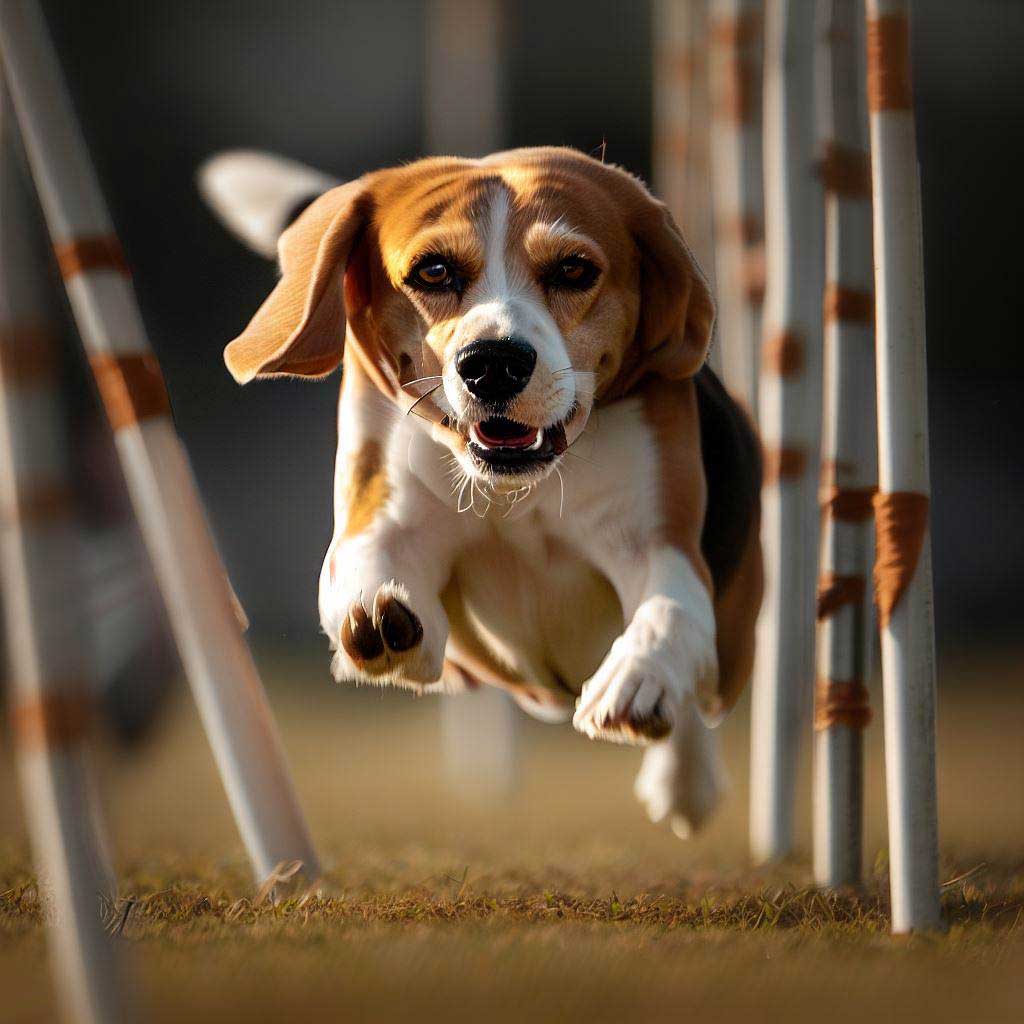Dog Body Language: What’s Your Pooch Saying? Decode signals, improve bonds, and understand your furry friend’s every gesture.
Table of Contents
Dog Body Language: Introduction
It’s late evening. You’re curled up on the couch, and you observe your furry friend in the corner of the room. The tail, the ears, the eyes, the posture: every element tells a tale. If only you could decipher it. Understanding your dog’s body language is not just a quirky skill for dog lovers; it’s a vital part of bonding with your loyal companion. Moreover, it’s a doorway, a peek into their world, where a wag doesn’t just mean happiness, and a growl isn’t solely about aggression.
Imagine a world where every interaction with your pet becomes a conversation, where your understanding amplifies tenfold. Sounds enticing, doesn’t it? Welcome to the realm of dog body language! By comprehending their silent gestures, you’re not just tuning into their frequency, but also making an investment. An investment in safety, comfort, and the profound bond that will grow deeper with every interaction. Let’s face it; dogs may not speak our tongue, but their bodies? They narrate epics.
Dogs have been our companions, protectors, and confidants for millennia. Through evolution, they’ve developed complex body language cues that convey their emotions, needs, and responses to their environment. Being able to decode these cues is not just about satisfying curiosity; it’s about bridging a communication gap.
Benefits of knowing
Your dog leaps with joy when you return home, but what about those subtler cues? The slight tilt of the head when you’re preparing their meal, or the quick flicker of their tail when you change your tone. Interpreting these nuances can help alleviate potential conflicts, prevent unfortunate incidents, and even enrich training sessions. For you, it means enhanced safety and for your pet, heightened comfort. Moreover, it fosters a relationship built on mutual understanding.
But why does this matter to you? First and foremost, as a responsible dog owner, it’s your prerogative to ensure your pet’s well-being. Comprehending dog body language means preemptively recognizing signs of discomfort, anxiety, or potential aggression. It’s about being proactive, not reactive.
Furthermore, this knowledge isn’t just for the elite trainers or those involved in professional domains. Moms, dads, kids: every family member can benefit from this insight. After all, a well-understood pet is a well-loved pet. And isn’t that the dream? To share a bond with your dog that’s unmarred by misunderstandings.
Navigating this landscape may seem daunting initially, but with persistence, observation, and the right knowledge, it can be as intuitive as understanding a dear friend’s emotions. So, as you embark on this journey of discovery, remember: your dog has a lot to tell you. It’s time to lend an attentive ear, or more accurately, a discerning eye.
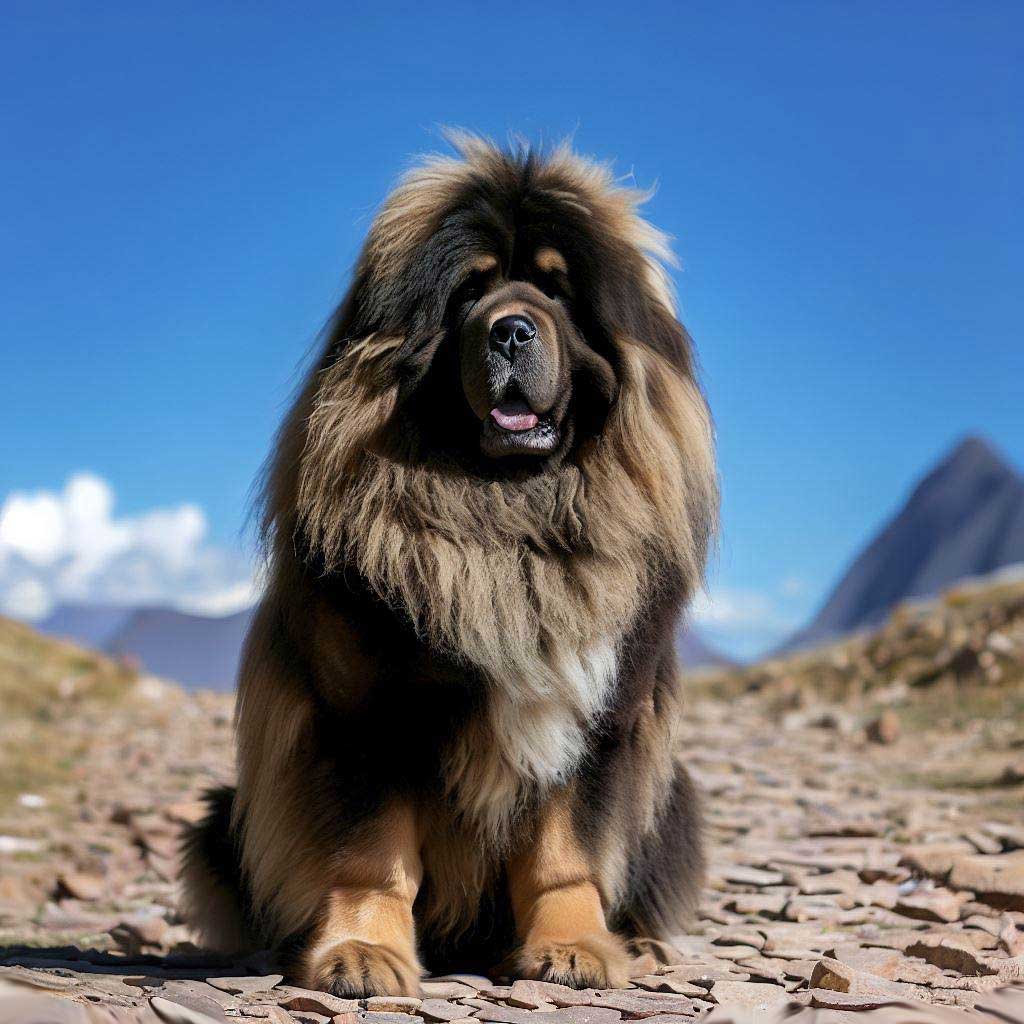
Why Dog Body Language Matters
The twitch of an ear, a wagging tail, a raised hackle, a drawn-back lip. To the untrained eye, these are mere actions of an animated creature. Dive deeper, though, and a universe unfolds before you. Just as human emotions wear many masks—smiles, tears, frowns—dogs too speak volumes without uttering a word. Their language? The intricate world of dog body language.
Building Trust: The foundation of a strong dog-owner relationship
Your dog isn’t just a pet. They’re your confidante, protector, and a significant fragment of your world. But, have you ever paused to think? How well do you truly know them? You’ve had countless conversations, with them occasionally barking or whimpering in return. But what if you’ve missed out on their most fluent dialogues?
Trust isn’t merely a by-product of time. It emerges from understanding. As you unlock the nuances of dog body language, a new dimension in your relationship beckons. That sideways glance they gave when you tried a new tone? It was intrigue, mixed with a dash of caution. The slow wagging tail during thunderstorms? Not excitement, but a plea for comfort against their fear.
Understanding this silent communication bridges the trust gap. You don’t just react; you empathize. This subtle shift forms the bedrock of a relationship where your furry friend doesn’t just obey but collaborates. Every interaction becomes a shared secret, a testament to a bond that’s forged in silent conversations.
Ensuring Safety: Recognizing warning signs and preventing accidents
Ever witnessed a dog’s sudden snap or an unforeseen act of aggression? It wasn’t spontaneous. The clues were in their body language, whispering tales of unease, discomfort, or fear. The trick lies in listening—visually.
Recognizing a dog’s subtle cues can be the difference between timely intervention and a regrettable incident. A rigid body, pinned back ears, or a low growl might seem inconspicuous, but they’re potent signals of a distressed or threatened canine. As you refine your expertise in deciphering dog body language, you’ll also cultivate an environment where accidents are anomalies, not expectations. Safety isn’t just about leashes and gates; it’s also about proactive communication.
Training Efficiency: Making training sessions more effective and efficient
Training a dog isn’t merely about commands and compliance. It’s a dance, a dialogue, and understanding dog body language makes this tango smoother. When commands align with their natural cues, results are phenomenal.
Imagine a scenario. You’re teaching your dog a new command. But instead of the usual trial and error, you’re two steps ahead. You notice the flicker of confusion or the spark of understanding in their posture, eyes, and tail. Adapting in real-time, your sessions become dynamic dialogues, not monologues.
Training becomes a breeze when it’s collaborative. Every nod, hesitation, or tilt isn’t just an action; it’s feedback. By tuning into these cues, you save time, reduce frustration, and foster a learning environment that’s rewarding for both you and your pooch.

Types of Dog Body Language
Relaxed Body Language
Picture this: you’re lounging on your couch after a long day. The soft glow from the window illuminates your dog, sprawled comfortably on the carpet. The serenity of the scene is undeniable. But how can you be so sure your canine companion feels as calm as they look? The answer lies in understanding dog body language.
To read a dog’s mood accurately, you don’t need an interpreter. Instead, it’s all about noticing the subtle, and sometimes not-so-subtle, cues they offer. Let’s break down the signs of a relaxed dog.
- Tail Wagging at Mid-height: Ever wonder why we often associate tail wagging with happiness? Well, in many cases, it’s a clear sign of contentment. When your dog’s tail wags at a mid-height, it’s a non-verbal way of saying, “All’s good in my world.” But, remember, context is crucial. Not every tail wag is a sign of happiness, but when coupled with other relaxed body cues, it’s a positive sign.
- Relaxed Ears and Mouth: Observe your dog’s ears. If they’re in their natural position, neither pricked forward nor flattened against the head, it indicates relaxation. A relaxed mouth can further reinforce this message. No tension, no baring of teeth, just a slightly open mouth, often described as a “soft” expression.
- Even Weight Distribution: Look at their stance. A relaxed dog will often have even weight distribution. They won’t shift their weight to one side or appear “ready to pounce.” Their muscles aren’t tense. In essence, they’re at ease with their surroundings.
Decoding this type of dog body language isn’t just about strengthening the bond between you and your furry friend, although that’s a significant benefit. By understanding these signs, you can gauge your dog’s comfort level in various situations. Suppose you introduce them to a new environment or a new person. In that case, recognizing these relaxed signals can offer reassurance that your dog is adapting well.
Additionally, as you deepen your understanding of your dog’s body language, you’ll be equipped to anticipate their needs and reactions better. It’s like learning a new language. The more you practice, the more fluent you become. So, the next time you catch your pooch lounging by your side, take a moment to observe. Are they displaying signs of relaxed body language? If so, you can rest easy knowing you’ve created a safe, comfortable space for them.
Playful Body Language
Imagine stepping into a park. Children laughing, a gentle breeze flowing, and there, in the midst of it all, a spirited dog darting about, a blur of ecstatic fur. How do we know, without a shred of doubt, that this canine is in a playful mood? Dog body language, of course.
Diving into the world of playful dog behavior, there are distinct signs that shout, “Let’s have some fun!” Here’s what to look for:
- Play Bow Stance: You’ve seen it. The front legs stretched out, rear end up in the air, eyes sparkling with mischief. This iconic pose, known as the “play bow,” is a dog’s universal invitation to frolic. It’s their way of saying, “Come on, join in the fun!” And guess what? It’s not just for their canine buddies. They’re inviting you, too.
- Wagging Tail, Often in a Circular Motion: Oh, the tales a tail can tell! A wagging tail is often linked to happiness. But when that wag takes on a lively, circular motion? You’re looking at a dog that’s over the moon with excitement. This particular tail movement is akin to a child’s uncontrollable giggle – pure, undiluted joy.
- Bouncy Movements: A playful dog is a bouncy one. Watch them hop, skip, and almost dance around. It’s like they have springs attached to their paws. These bouncy movements are more than just an energy release; they’re a clear signal of a dog in high spirits, ready for some action.
Incorporating a deeper understanding of playful dog body language into your interactions can profoundly transform your relationship with your pooch. Recognizing these signals allows you to engage with them during their high-energy moments, strengthening your bond. And let’s face it; there’s hardly a sight more heartwarming than a playful dog, is there?
Aggressive Body Language
You’re walking down the street, the sun casting long shadows, when suddenly, a distant bark resonates. Your heart rate quickens. Why? A hunched silhouette and intense eyes lock onto yours. But it’s not just the bark or the silhouette. It’s the unmistakable dog body language signaling aggression. Knowing how to interpret these signs can be vital.
- Stiff Posture: Spot a dog with a rigid, statuesque stance? Red flags should pop up. Unlike a relaxed dog that exudes a carefree aura, an aggressive one stands tall and firm. Every muscle appears coiled, ready to spring. This stance is a warning sign, loud and clear: “Stay away.”
- Growling or Snarling: We’ve all heard it. The deep, guttural growl that sends shivers down the spine. While some dogs may growl during play, a continuous, escalating growl or snarl is different. It’s a vocal assertion of their discomfort or territorial nature. And paired with other aggressive signs, it’s a clarion call to back off.
- Direct, Intense Stare: You know those scenes in movies where two rivals lock eyes, tension in the air, neither backing down? In the dog world, a direct and intense stare mirrors that intensity. It’s not a casual, curious gaze. No, this stare is loaded with intent. It’s as if the dog’s eyes are saying, “I’m watching you. Make your move.”
Interpreting aggressive dog body language isn’t just about understanding dogs; it’s about safety—for the dog, for you, and for those around you. Because beneath that aggressive exterior, there’s often a scared or anxious animal, reacting out of fear or territorial instinct. Responding appropriately, like avoiding direct eye contact or moving away slowly, can de-escalate the situation.
Knowledge of dog body language acts as a bridge, connecting the world of humans and canines. So next time, when you spot these signs, you won’t just see aggression. You’ll see a complex tapestry of instincts, emotions, and signals, asking to be understood.
Fearful Body Language
Imagine walking into an unfamiliar room. The lights are dim, unknown faces stare, and you can’t find the exit. Your palms sweat, heart races. You’d probably feel fearful, right? Now, transpose that feeling into the world of canines. Dogs, just like humans, experience fear, but they convey it through unique dog body language.
- Tail Tucked Between Legs: Ever spotted a dog with its tail not wagging, but tucked? That’s fear. The tail is a flagpole of emotions for dogs. When they’re happy, it waves high, showing off its colors. But when scared, it’s hidden away. The tucked tail is like a white flag, signaling, “I’m not a threat. Please don’t hurt me.”
- Ears Laid Back: Ears, perched atop their heads, are another window into a dog’s soul. A dog with ears laid back is a far cry from one with perked, curious ears. It’s like a person lowering their gaze or hunching their shoulders in an unfamiliar crowd. They’re trying to minimize their presence, to become invisible.
- Avoiding Eye Contact: Ah, the eyes. Windows to the soul. While a direct gaze in dogs can be aggressive, an avoided one? That’s pure fear. They’re communicating unease, saying, “I’m uncomfortable.” It’s akin to us avoiding eye contact in an awkward situation, hoping we’ll magically disappear.
To truly comprehend these signals, place yourself in their paws. Picture being a small dog in a bustling world of towering giants. Some giants are friendly, while others, not so much. Every day presents novel sights, sounds, and scents. Overwhelming, right? That’s why understanding fearful dog body language is so crucial. It enables us to adjust our actions, be it giving them space or speaking in a soothing tone.
As you navigate the world of dog body language, keep these signs of fear in mind. They’re not mere behaviors; they’re heartfelt pleas for understanding. And with a bit of patience, empathy, and knowledge, you can bridge the gap between human misunderstanding and canine communication.
Submissive Body Language
You’ve seen it. The heartwarming scene of a pup rolling onto its back, those eyes almost saying, “I trust you.” It’s like the dog version of a human handshake or nod. But what exactly is behind this canine gesture? Dive deeper into the world of dog body language, and you’ll unearth tales of submissiveness, peace offerings, and pure canine etiquette.
- Exposing Belly: Picture this: a large green field and a playful pup rolling over, baring its soft underbelly to the world. Not just a call for belly rubs, this is submissive dog body language at its finest. By exposing their most vulnerable area, they’re signaling trust and peace. It’s as if they’re saying, “I acknowledge your presence and mean no harm.” In the canine kingdom, it’s a massive gesture of respect and trust.
- Low Posture: Now, imagine a dog, head down, posture low, almost slinking. Yes, they’re being submissive. But think about why. By adopting a low posture, dogs are decreasing their size, showcasing their non-threatening intent. In many ways, it mirrors a human bowing or nodding their head in respect. They’re communicating, “You’re in charge here.”
- Avoiding Direct Gaze: Ever noticed how sometimes, when you look into a dog’s eyes, they swiftly turn their gaze away? It’s not shyness; it’s submission. Direct eye contact in the dog world can be a sign of challenge or dominance. By avoiding a direct gaze, they’re showing deference, signaling, “I acknowledge your dominance and submit to it.”
So, why do dogs show submissiveness? Think of it as their way of maintaining harmony. They’re natural peacekeepers, wanting a balanced, conflict-free environment. Recognizing and respecting these submissive signals is paramount. Respond with calm, gentle actions. A soft pat, a kind word. Let them know their message has been understood and respected.
As you continue on your journey of understanding dog body language, let these signs be your guide. They’re not just random actions; they’re stories, tales of trust, respect, and the age-old canine desire for peace.
Stressed or Anxious Body Language
Ever watched a movie where the protagonist sweats bullets in a tense scene? Dogs don’t sweat like we do. But, oh boy, do they have their own Hollywood-esque signs of anxiety. And understanding dog body language might just make you the director of your dog’s emotional blockbuster.
- Yawning or Licking Lips Excessively: You yawn when tired. But Fido? He’s painting a picture of stress. Bizarre, right? Yet, there’s method to the madness. Imagine, just for a moment, your dog engulfed in a world of chaos – a blaring horn, an unexpected visitor. That yawn? It’s not boredom. Nor is the persistent licking of lips. Both are cries for comfort in the language of dogs. They’re instinctual self-soothing tactics, akin to humans humming a tune when nervous.
- Pacing or Inability to Settle: Imagine feeling a jolt of caffeine continuously, like a relentless heartbeat. Now, visualize a dog pacing back and forth, round and round. Restlessness in its purest form. The world’s not right in their eyes. Every shadow, every sound becomes a potential threat. It’s not just energy; it’s anxiety. And when they can’t find that sweet spot to rest? That’s dog body language screaming, “Help! I’m overwhelmed!”
- Whining or Whimpering: Listen closely. Beyond that whine or whimper lies a narrative. A story of a pup trying to communicate discomfort, akin to a baby’s cry. It’s their way of reaching out, seeking solace, and expressing unease.
Navigating the maze of canine emotions can feel daunting. But, with a keen eye, you start to see patterns, hear tales, and tap into their silent language. Dog body language isn’t just movements. It’s emotions, woven intricately in actions. When they show these signs of stress or anxiety, offer them a safe haven. A quiet room, a favorite toy, or simply your calming presence.
After all, isn’t communication the first step to understanding?
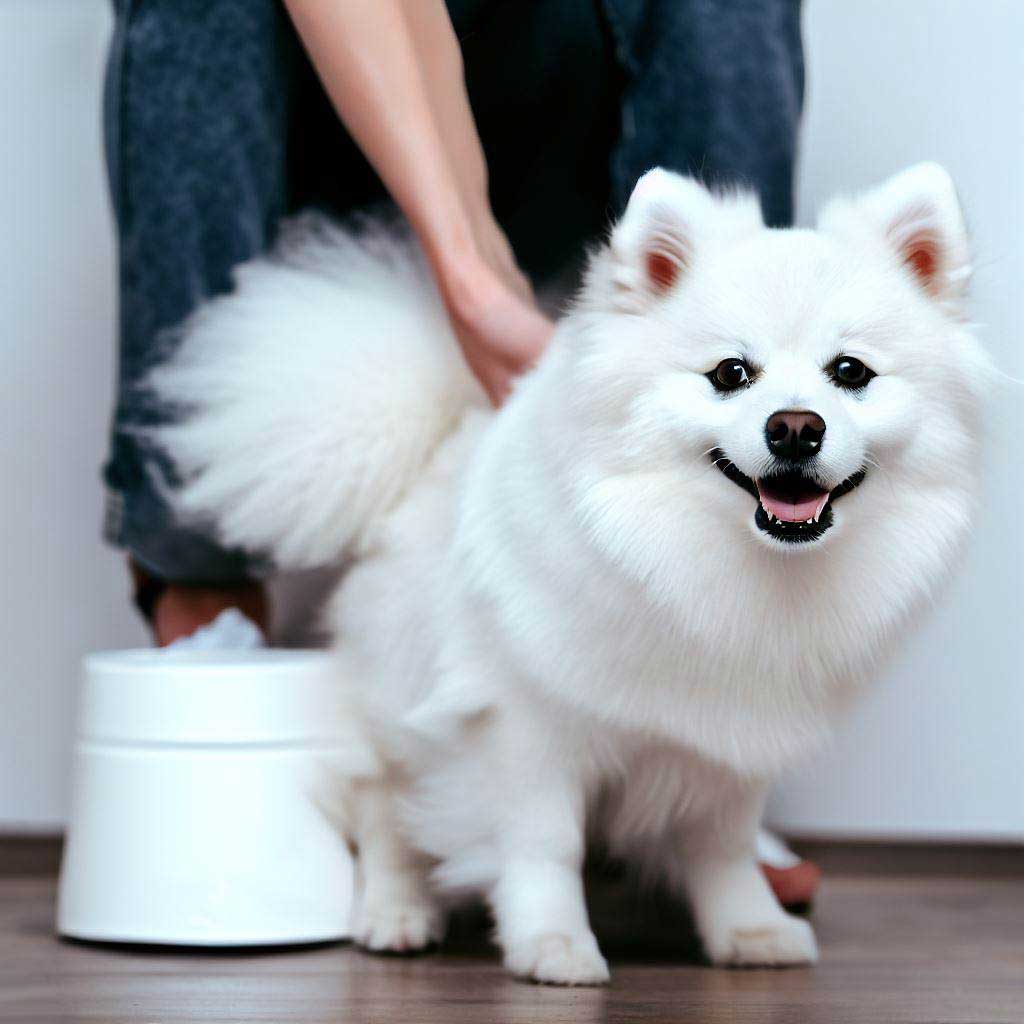
What Your Dog is Trying to Tell You: Interpreting Common Signals
Did you know? Dogs and humans have been companions for millennia, yet we still find ourselves puzzled, asking, “What’s on Fido’s mind?”
Tail Wagging: Differentiating between happy, nervous, or alert wags.
Ah, the iconic tail wag. But hold on! All wags aren’t created equal. A high, stiff wag? Your dog’s alert. Meanwhile, a relaxed, sweeping wag from side to side screams happiness. However, a slow, low wag? That’s the dog body language for uncertainty or nervousness. And here’s a curveball: some dogs wag their tail just because they’re focused. It’s not merely about the motion; it’s about the emotion behind it.
Ear Positions: Understanding the mood from relaxed to attentive.
Next stop, the ears! Upright and forward-facing? Your pooch is curious, or something’s piqued its interest. Flattened ears against the head? It’s a sign of fear, anxiety, or a plea to avoid confrontation. Relaxed ears? Just like us on a lazy Sunday afternoon. Watch, learn, and soon you’ll speak fluent ‘ear’.
Barking: Deciphering the many tones and rhythms of dog vocalizations.
Barking isn’t just noise; it’s a symphony of messages. Rapid, continuous barks at a mid-range pitch? “Hey! There’s something happening!” Prolonged or continuous barking, with pauses? “I’m lonely.” And the quick, quiet, “Woof, woof”? That’s just your dog being curious. By tuning into the rhythm, you’re on the fast track to understanding your dog’s vast vocal library.
Whale Eyes: When a dog shows the whites of its eyes.
Suddenly seeing the whites of your dog’s eyes? Often dubbed “whale eyes”, this piece of dog body language is a clear sign of unease or stress. It’s as if your dog is saying, “I’m not comfortable with this.” Respect their space when you notice it. After all, we all have our ‘whale eye’ moments, right?
Raised Hackles: Decoding the myths and realities.
Last but not least, the raised hackles. It’s like the goosebumps we get during a chilling movie scene. Raised hackles, or piloerection, can be a response to various emotional states. From fear, uncertainty, arousal, to just being plain excited. And no, contrary to popular belief, it’s not always aggression.
In essence, your dog is a master of silent communication. Through a rich tapestry of wags, barks, and subtle cues, they’re always conversing. By taking the time to learn, you’ll uncover a world of understanding, deepening that age-old bond between man and man’s best friend. After all, isn’t true friendship about understanding?

10 Tips and Tricks for Dog Owners
Your furry friend is a complex creature, often talking without words. Through years of training and interactions, I’ve unearthed invaluable insights. Are you eager to foster a better understanding of your canine? Let’s embark on this journey of learning together!
Consistency is Key: Always react in a consistent manner to certain behaviors.
Ever heard of the saying, “Consistency breeds success?” It’s particularly true for dogs. Think of them as toddlers; they thrive on routine and predictability. If you chuckle when Buddy snatches a sock today but scold him tomorrow, confusion ensues. Decide on rules early and stick to them, ensuring everyone in the household is on the same page.
Avoid Direct Stares: For many dogs, this can be seen as a challenge.
Humans often view eye contact as a sign of attentiveness. However, in the intricate world of dog body language, it’s a tad different. A prolonged, direct stare can seem threatening or challenging to a canine. Instead, use soft, averted gazes, signaling peace and no intention of dominance.
Recognize Calming Signals: Such as yawning, looking away, and lip licking.
Dogs don’t have the luxury of words, but they’re always communicating. These “calming signals” are your dog’s attempt to maintain peace and avoid confrontations. When you spot these signals, especially in new or uncertain situations, it’s their way of saying, “I come in peace.”
Get Down to Their Level: Interact with your dog by sitting or kneeling to be less intimidating.
Imagine constantly conversing with giants! That’s your dog’s world. Occasionally, kneel or sit, making yourself accessible. This gesture fosters trust and strengthens your bond, allowing your dog to approach comfortably.
Learn the Difference: Between excited and anxious tail wagging.
The tail is a dynamic storyteller! Vigorous, broad wags usually signal joy. A rigid, high tail can indicate alertness or arousal. But a slow wag, especially at a low stance? That hints at nervousness. Mastering this aspect of dog body language deepens your understanding immensely.
Stay Calm: Your energy affects your dog’s energy.
Dogs, astoundingly perceptive creatures, mirror our energy. If you’re agitated, they sense it, and it ripples back to them. Maintaining a calm demeanor, especially in potentially stressful situations, helps keep your dog settled too.
Socialization: Expose your dog to various experiences to make them more adaptable.
A well-socialized dog is a joy! From early on, expose them to different sounds, sights, and creatures. This exposure broadens their understanding of the world, making future encounters less daunting. Remember, it’s not just about meeting other dogs. Introduce them to various people, environments, and other animals.
Reward Positive Behavior: Always acknowledge and reward your dog when they show positive body language.
Positive reinforcement is a game-changer. Spotted your pooch exhibiting desirable body language or behavior? Reward it! Be it a treat, praise, or a pat, reinforcement ensures a repetition of this behavior.
Educate Children: Teach kids how to recognize and respect dog signals.
Ah, the exuberance of children! While their excitement around dogs is endearing, it’s paramount they understand boundaries. Educate them on rudimentary dog body language, emphasizing the importance of gentleness and respect.
Always Supervise New Interactions: Especially with unknown humans or other animals.
Each new interaction is a wildcard. While you might have the most affable canine, always supervise introductions. Not all animals or humans understand or respect dog cues, and it’s better to preemptively steer situations to ensure safety.
Your role as a responsible dog owner is multifaceted: part interpreter, part guardian, and wholly a loving companion. With these insights in your arsenal, you’re poised to nurture a relationship rooted in understanding, respect, and unwavering affection.
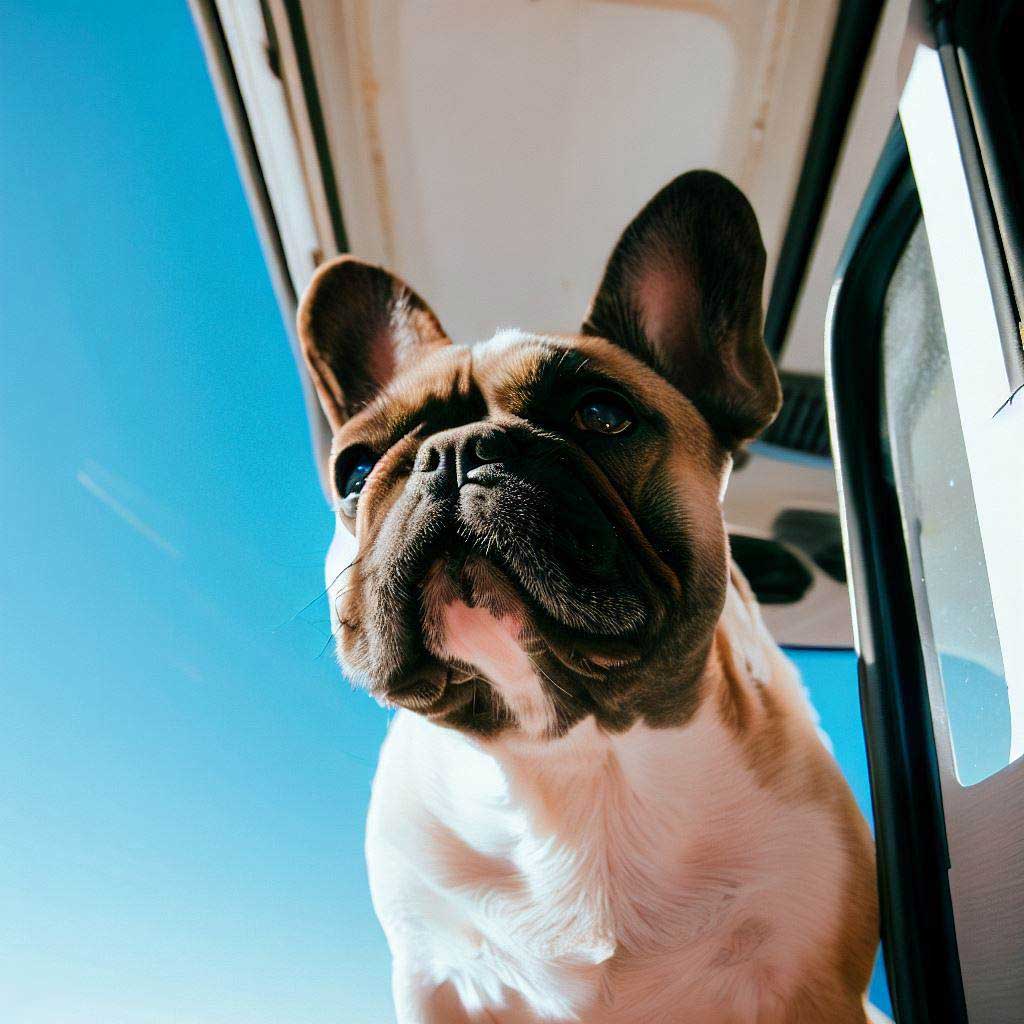
Conclusion: Dog Body Language: What’s Your Pooch Saying?
Ah, the intricate tapestry of dog body language! It’s akin to a silent ballet, each movement, each subtle twitch carrying a myriad of messages. Every wag, every stare, every gentle nuzzle conveys a depth of emotion that often goes unnoticed. But why, you might ask, should you, as an owner, invest the time and energy in deciphering these silent cues?
Understanding and respecting dog body language
Firstly, let’s delve into respect. By understanding the nuances of your dog’s body language, you’re essentially giving a nod of respect to your canine companion. Picture it as learning the local dialect of a foreign country. By doing so, you show appreciation for the culture and the people. Similarly, by acknowledging and responding to your dog’s cues, you’re giving them a voice. By recognizing when your furry friend is anxious, playful, or simply in need of a quiet moment, you cater to their emotional and physical needs more accurately. So, while your dog might not recite Shakespeare, their body speaks volumes, and it’s a language worth mastering.
Benefits of a stronger bond and harmonious coexistence
Now, onto the beautiful fruits of this labor. As you begin to grasp the subtleties of dog body language, the bond between you and your pet deepens. Suddenly, you’re not just an owner; you’re a confidante, a friend who truly gets them. This understanding births a harmonious coexistence. No longer are there frustrated moments of miscommunication. Instead, you dance in harmony, each understanding the other’s moves. The benefits? A happier dog, fewer behavioral issues, and a home filled with trust and mutual respect.
So, next time your pooch gives you that look or sways their tail in that peculiar manner, remember – they’re talking to you. In the silent symphony of dog body language, every note matters. Are you ready to listen?
FAQ: Dog Body Language: What’s Your Pooch Saying?
How can I tell if my dog is stressed or just excited?
Distinguishing between stress and excitement in dog body language often lies in the details. Excitement might display as wagging tails, wide eyes, and perhaps a playful bow. Conversely, a stressed dog might show whale eyes, yawning, and lip-licking. Watch for the entire picture: a wagging tail doesn’t always indicate happiness.
What is a worried dog’s body language?
Worried dogs often show clear signs. They might avoid eye contact, tuck their tail, or have a hunched posture. Spotting flattened ears or noticing your dog trying to make itself look smaller? That’s dog body language screaming, “I’m uncomfortable!”
How do you know if your dog loves you?
Affection in dogs can be evident in multiple ways. Soft eyes, a relaxed posture, leaning into you, or following you around are all clear signs. However, don’t overlook the subtle signs, like a wagging tail in sync with their body or bringing you their favorite toy. It’s their way of sharing their joy!
What is a dog’s body language when he is flirting?
Yes, dogs flirt! Play bows, wagging tails, and mock chases are their ways of saying, “Hey, let’s have some fun!” Often, they’ll also engage in light nipping or pawing, much like children playing tag.
What does it mean when a dog puts his paw on you?
A dog placing a paw on you is a form of communication. It could be a gesture for attention, affection, or sometimes even an assertion of dominance. Pairing the paw with other dog body language signs is crucial to understanding the message.
Why do dogs lick you?
Licking can signify various emotions. It can be a sign of affection, submission, or even a way to seek attention. Sometimes, dogs also lick simply because they like the taste of our salty skin.
How do you know if your dog is trying to tell you something?
Dogs communicate with us all the time. Whining at the door? They probably want out. Bringing a ball? Playtime! Consistently observing their actions in context can help decode their intentions.
How do you know a dog is stressed?
Common signs include pacing, excessive yawning, drooling, shedding more than usual, or avoiding interaction. The dog’s body language will shout, “I’m not okay!” when stressed.
How do you say hello in dog language?
Offering a side profile, avoiding direct stares, and a gentle sniff are all polite dog greetings. When meeting a dog, give them space, avoid direct eye contact, and allow them to come to you.
How do I tell my dog I love her in dog language?
Spend quality time! Gentle petting, calm voice tones, and even simply sitting beside them can all convey love. Regular playtime and training sessions strengthen your bond.
How do dogs say bye?
Dogs don’t naturally have a concept of ‘goodbye’ as humans do. However, a relaxed posture and a lack of anxious behaviors can indicate they’re okay with your departure.
How do you say I’m hungry in dog language?
Dogs might nudge their food bowl, become more vocal, or even lead you to where they’re fed. Their body language can become more alert around mealtimes.
Does a wagging tail always mean a happy dog?
Not always. While a relaxed wag can indicate happiness, a rigid, high wag might mean the dog is alert or agitated. It’s essential to view the tail in the context of the dog’s entire body.
Why does my dog show its belly often? Is it always a submissive gesture?
While a belly-up position can be a sign of submission, it can also mean they’re comfortable and want belly rubs! However, if paired with other stressed body language signs, it might be a plea for peace.
How can I prevent my dog from becoming aggressive with strangers?
Socialization is key. Expose them to various scenarios and people from a young age. Training, understanding their body language, and removing them from uncomfortable situations also play pivotal roles.
What does it mean when my dog barks at certain people but not others?
Dogs might sense something off or unfamiliar about certain individuals. Past experiences, certain smells, or even a person’s body language can trigger barking.
Why does my dog stare at me intently sometimes?
Intense staring can mean various things. They might want something, try to understand you, or challenge you. Pairing the stare with other dog body language cues can help decode its meaning.
How should I react when my dog growls?
Never punish. Growling is a warning. Understand why they’re growling and address the root cause. It’s crucial to respect their feelings and provide a safe environment.
Can a dog’s body language change as they age?
Absolutely. Just like humans, as dogs age, they might become less active or more irritable. Their ways of communication can evolve, and patience is key in adapting to their changing needs.
Why does my dog lick its lips so much when at the vet’s office?
Lip licking, in this context, is a calming signal. It indicates discomfort or nervousness. The vet’s can be a stressful environment, so your dog uses body language to self-soothe.
Is raised hackles always a sign of aggression?
Not always. Raised hackles, or piloerection, can be due to excitement, arousal, or fear. It’s a physiological response and should always be viewed in context.
What is the body language of a dog if normal?
A relaxed posture, even breathing, wagging tail, and perky (not pinned back) ears. When content, their movements are fluid, and their eyes soft. For a visual guide, check out the RSPCA site.
Do you know why positive reinforcement is best for your dog? Have a read of this article: Traditional vs Positive Reinforcement Dog Training Methods
More great articles from our editors about dog training from our archives:
- Discover what are the 5 golden rules of dog training and transform your pup’s behavior. Master effective training with these proven tips!
Article: The 5 Golden Rules Of Dog Training - Importance Of Dog Training – Why Dog Obedience is Important. Discover how training shapes behavior and fosters a loving bond.
Article: Importance Of Dog Training – Why Dog Obedience is Important - What Are The 7 Commands To Train A Dog: Teach Them Right is your go-to guide for effective dog training. Learn the essential commands now!
Article: What Are The 7 Commands To Train A Dog: Teach Them Right - Dog Training Tips for Beginners: Train Your Puppy Dog Like a Pro. Expert guide to teach skills, overcome challenges, and build a strong bond.
Article: Dog Training Tips for Beginners: Train Your Puppy Dog Like a Pro - How Do You Start Training a Bad Dog | Dog Training Essentials: Unlock tried-and-true methods to shape better behaviors in any breed.
Article: How Do You Start Training a Bad Dog | Dog Training Essentials - Discover what are the 5 golden rules of dog training and transform your pup’s behavior. Master effective training with these proven tips!
Article: The 5 Golden Rules Of Dog Training - The 17 Best Companion Dogs That Make Great Pets: Explore 17 top breeds perfect for companionship, cuddling, and more. Find your ideal lifelong furry friend today!
Article: The 17 Best Companion Dogs That Make Great Pets - Is it Too Late to Train My Dog: Puppy and Dog Training Guide. Learn why age isn’t a barrier and how to train older dogs effectively.
Article: Is it Too Late to Train My Dog: Puppy and Dog Training Guide - Bell Training A Dog: Train Your Puppy with Bells. Learn to create a loving and lasting bond through bell techniques.
Article: Bell Training A Dog: Train Your Puppy with Bells - 13 Easiest Dogs To Potty Train: Puppies Included! Discover the top breeds and master effective techniques for a hassle-free potty training.
Article: 13 Easiest Dogs To Potty Train: Puppies Included
